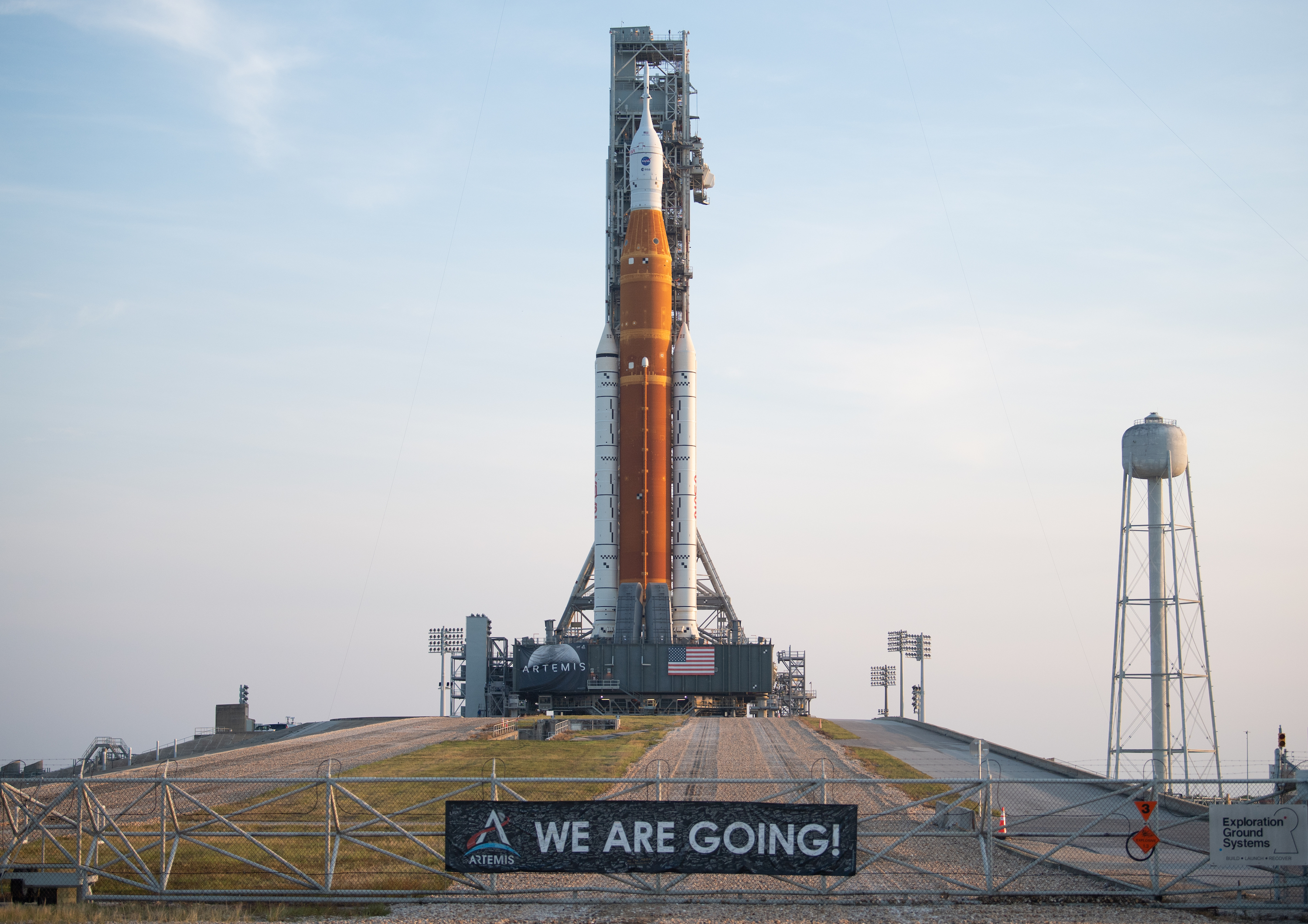Log-in here if you’re already a subscriber
This post appeared as part of our Three Points Newsletter on August 29, 2022
The Space Launch System, NASA’s largest-ever rocket for human spaceflight beyond Earth orbit, made an unsuccessful attempt to get the uncrewed Orion capsule and the Artemis 1 mission off the ground on August 29. The first launch window of the incredibly complex test flight was stymied by a bleed stage that wasn’t able to sufficiently cool the core stage’s number three RS-25 main engine aboard the new SLS rocket. That finicky main engine is repurposed for SLS and flew on six Space Shuttle flights going all the way back to December 2006. NASA will try again no earlier than September 2.
Perhaps one of SpaceX’s biggest contributions to a shift in the public expectation around space flight is that rockets are now reusable. Many news packages on SLS noted that the rocket isn’t reusable, once the norm in spaceflight that only shifted for the first time in 2015. For the single-use SLS, NASA’s RS-25s are now expendable motors.
Subscribe to continue reading...Subscribe to Continue Reading
Our award-winning aerospace reporting combines the highest standards of journalism with the level of technical detail and rigor expected by a sophisticated industry audience.
- Exclusive reporting and analysis on the strategy and technology of flying
- Full access to our archive of industry intelligence
- We respect your time; everything we publish earns your attention

